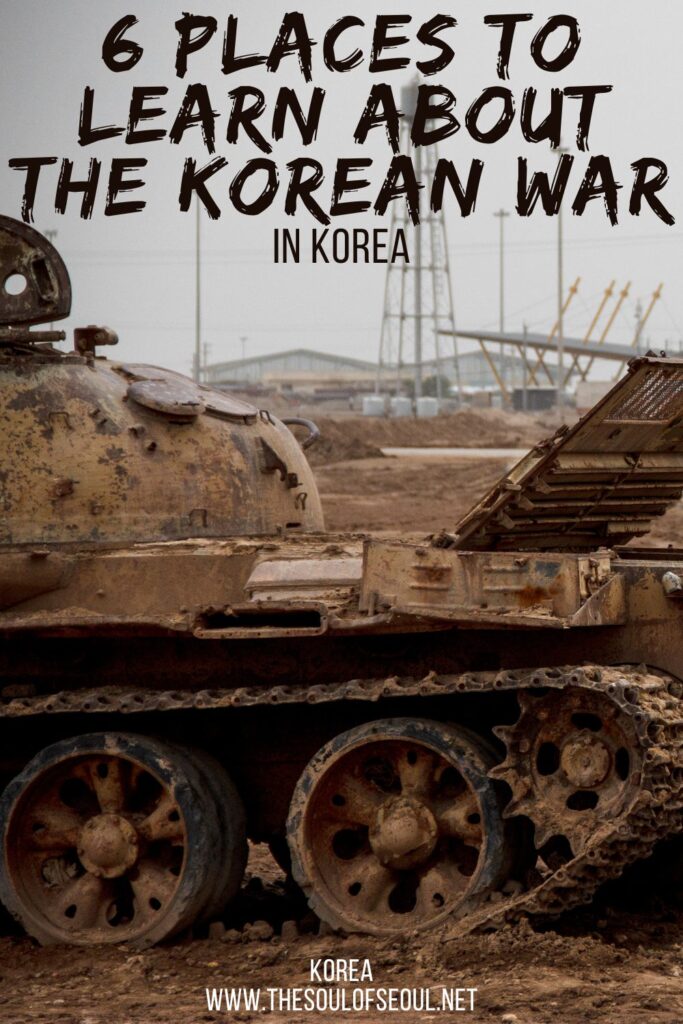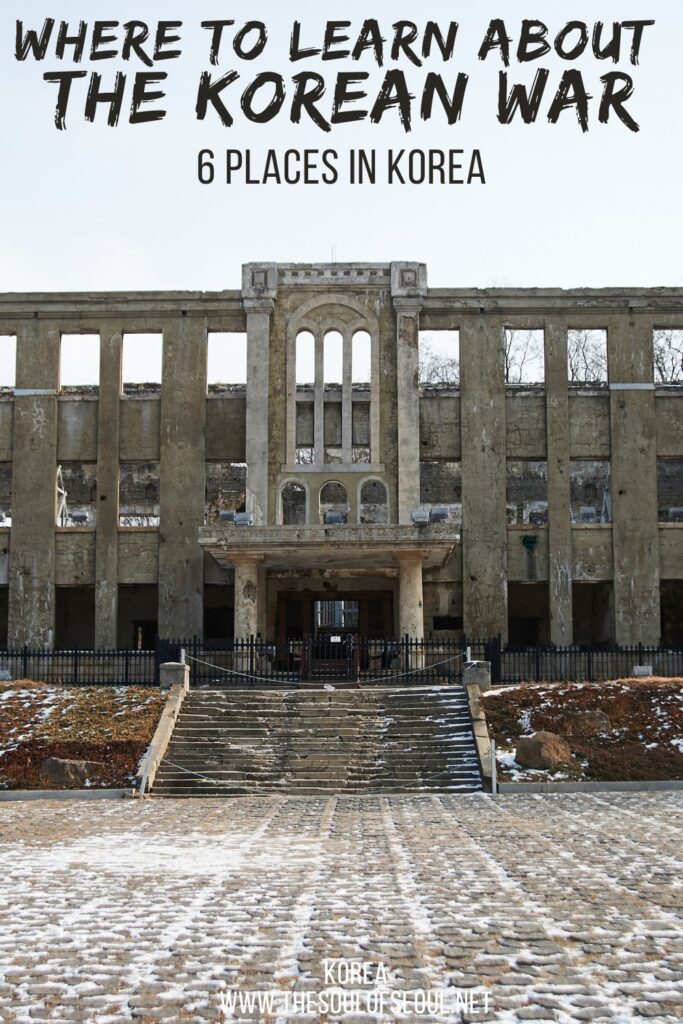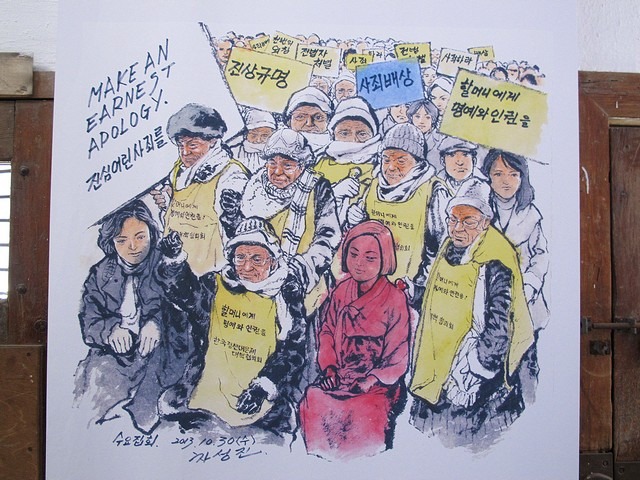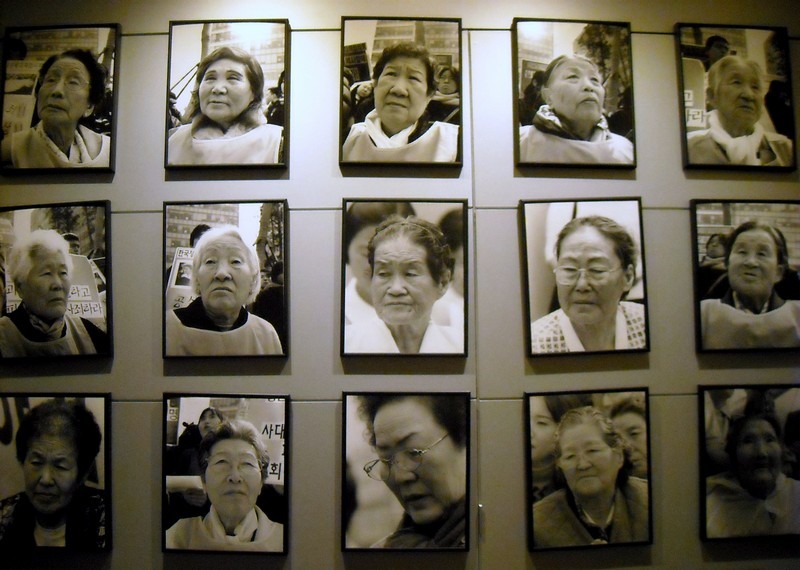7 Places To Learn About War in Korea
Last Updated on April 4, 2024
Most people that spend any amount of time in Korea, visiting or living, will at some point hear references made to war, commonly the Korean War and WWII or any number of wars with Japan. Signs at historical sites will remind people that the historic site was burnt down during some Japanese invasion before being rebuilt and political turmoil between North and South Korea is a constant reminder of the Korean War.
Before jumping headfirst into conversation with a Korean about said wars, it’s best to take the time to learn and get some perspective. Want to learn about the Korean War in Korea? Want to learn about the comfort women? Learn more about the Korean War or WWI and how they effected the Korean peninsula. Here are the places you can go in and outside of Seoul.

Learn about these places that you can visit to learn about the Korean War in Korea:
- The War Memorial of Korea (전쟁기념관)
- The War & Women’s Human Rights Museum (전쟁과여성인권박물관)
- Imjingak Resort (임진각관간지)
- The POW Camp on Geoje Island (거제도 포로수용소 유적공원)
- Cheorwan DMZ
- The House of Sharing (나눔의 집)
- Seodaemun Prison(서대문형무소역사관)
(This post contains affiliate links, which means I receive a certain percentage of a sale if you purchase after clicking. These funds go to maintain the site. Thank you for your support.)
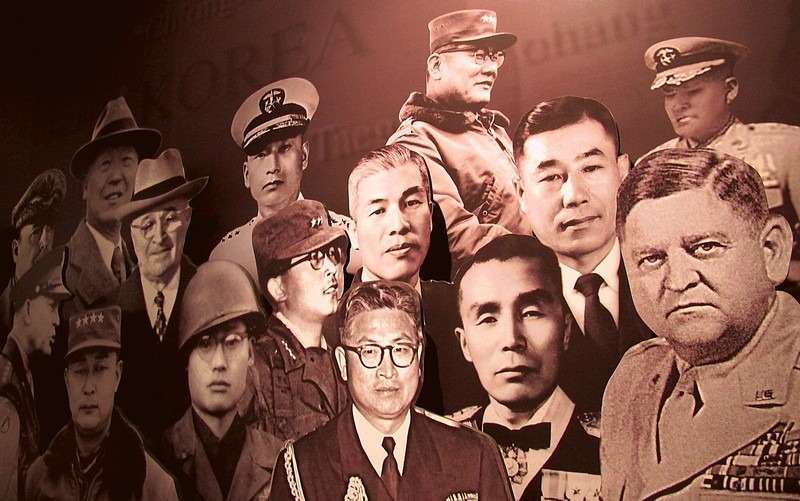
The War Memorial of Korea (전쟁기념관)
Not only is this museum expansive and full of information, it is also FREE. Placards are posted in English and Korean and guides, many of whom are retired military personnel, are available as are audio guides for tours. This museum should be at the top of the list for anyone wishing to learn more about the wars, and more specifically the Korean war, that ravaged the country.
Documents, photos, dioramas, videos, relics, remakes and time lines offer up an overwhelming amount of information and hours can be spent in this museum that is open to the public. The War Memorial of Korea is the best place to start when learning about the Korean War in Korea.
- Address: 29 Itaewon-ro, Yongsan-gu, Seoul (서울특별시 용산구 이태원로 29)
- Admission: Free
- Amenities: Foreign language guides available in English, Chinese and Japanese
- Days: Open every day except Mondays. If Monday is a holiday, the museum will be closed Tuesday.
- Hours: 9:30am ~ 6:00pm
The War & Women’s Human Rights Museum (전쟁과여성인권박물관)
In order to really learn about war on the Korean peninsula and the effects it had on all of the citizens, I think it’s important to learn about the “comfort women” and the atrocities that they witnessed and were subjected to. The War and Women’s Human Rights Museum isn’t large but it is impactful. If you’ve never heard about the comfort women and what they went through, a stop here is a necessity.
- Address: 39-13 Seongsan-dong, Mapo-gu, Seoul (성산동 39-13)
- Hours: Tuesday – Saturday: 10:00am ~ 6:00pm
- Admission: W5,000
- Amenities: Audio guides in English and Japanese, bathrooms


Imjingak Resort (임진각관간지)
Imjingak is the most popular area for visitors to the DMZ and Civilian Control area. It’s here that you can see the Bridge Of Freedom (자유의다리), a symbol of and named for freedom. It’s where prisoners were exchanged after the Korean War. Take a ride on the DMZ Gondola (파주디엠지곤돌라) to visit Camp Greaves, a former American installation that is now a museum with installations about the Korean War.
- Address: 1400-6 Majeong-ri, Munsan-eub, Paju-si, Gyeonggi-do (경기 파주시 문산읍 마정리 1400-6)
The POW Camp on Geoje Island (거제도 포로수용소 유적공원)
The camp that once held 173,000 prisoners during the Korean War has been developed into an outdoor museum with dioramas depicting life in the camp, the barracks and shows the harrowing tale of the kidnapping of Brigadier General Dodd. Visitors follow a path past relics and remakes with information provided in English, Korean, Japanese and Chinese.
- Address: 61 Gyeryong-ro, Geoje-si, Gyeongsangnam-do (경상남도 거제시 계룡로 61 (고현동))
- Hours: April ~ October: 9:00am ~ 6:00pm; November ~ March: 9:00am ~ 5:00pm
- Admission: W7,000
- Tour Time: 1 hour

Cheorwan DMZ
The Cheorwon DMZ is not the easiest place to access, but once there it provides a look at remnants left behind from the Korean War. One stop on the tour is the 2nd Underground Tunnel. The 3.5 kilometer long tunnel was discovered on March 19th, 1975 after a soldier heard an explosion from beneath the ground. Another stop on the tour is the North Korean Labor Party Building built in 1946 and used until the armistice in 1953 by the party.
North Korea controlled this area for five years as it falls above the 38th parallel but during the Korean War this area came under the control of South Korea and UN forces and when the armistice was signed was still under the control of the South. Reservations for tours are not necessary however, you must arrive 15 minutes prior to departure to give everyone time to get their cars in line and the tours start right on time at 9:30, 10:30, 1:00 or 2:00.
- Address: 1825 Taebong-ro, Cheorwon-gun, Gangwon-do (강원도 철원군 동송읍 태봉로 1825)
- Admission: W8,000
- Tour Running Time: 3 hours
- Tour Stops: North Korean Labor Party Building, Woljeong-ri Station, Cheorwan Peace Observatory, 2nd Underground Tunnel
The House of Sharing (나눔의 집)
The House of Sharing was set up to house elderly women who were once drafted into sexual slavery and are referred to as “comfort women” in history. The women that reside here have become activists, giving testimonies of the atrocities they endured, protesting and traveling abroad to spread awareness of a system that is still happening today around the world.
Visit the War and Women’s Human Rights Museum mentioned earlier first and then head to the House of Sharing to extend your learning on the Korean comfort women.
- Address: 85 Gasaegol-gil, Toechon-myeon, Gwangju-si, Gyeonggi-do (경기도 광주시 퇴촌면 가새골길 85)
- Website: http://www.nanum.org/
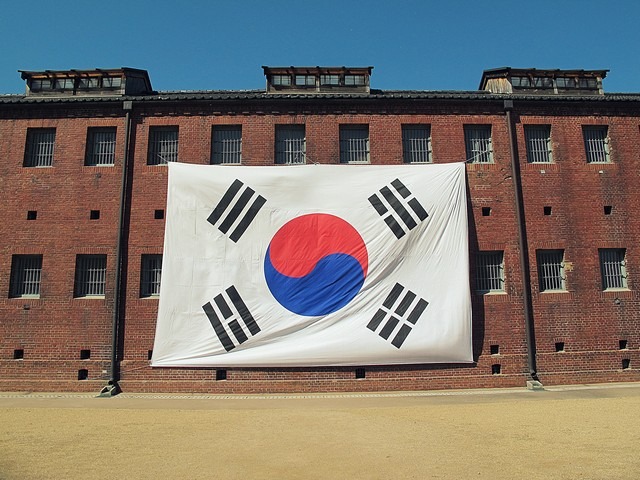

Seodaemun Prison (서대문형무소역사관)
Seodaemun Prison sits in Independence Park in Seoul and was once used by Japanese soldiers to torture, interrogate and kill Korean patriots of the Independence Movement. It is now a museum open to the public that provides information on the Japanese occupation of Korea and shows jail cells, torture recreations, an execution room and other equally horrific scenes.
- Address: 251 Tongil-ro, Seodaemun-gu, Seoul (서울특별시 서대문구 통일로 251)
- Admission: W3,000
- Days: Closed Mondays, if Monday is a holiday, then it’s closed on Tuesday.
- Hours: March – October: 9:30am ~ 6:00pm; November – February: 9:30am ~ 5:00pm
- Amenities: Parking, Wheelchair rental & Tour Guides available in English & Japanese, but reservations must be made one week in advance.
These are just six of the places in Korea that give the opportunity to learn more about Korea’s war torn past. There are a lot of relics from the Korean War which you can still see today and you should take the time to learn about the Korean War and WWII and the many wars that came before. Despite all of them, the Korean people have persevered.
Did you like this post? Pin It!
